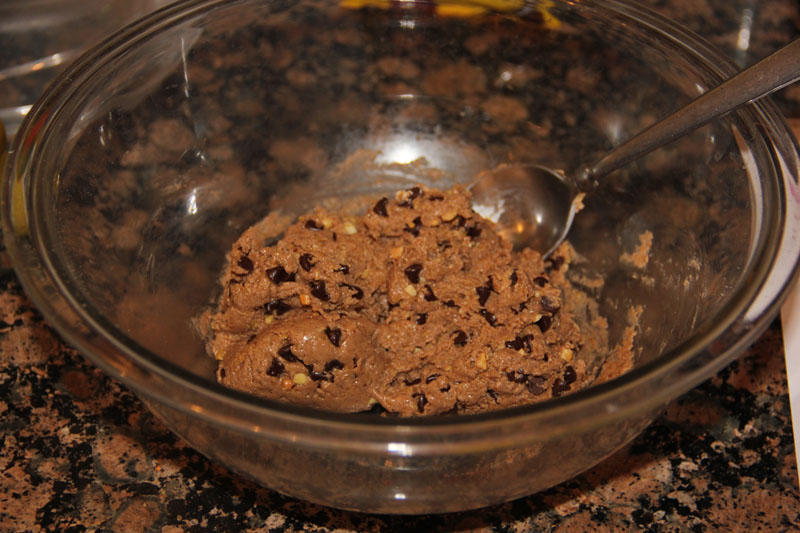(This is after drinking almost a gallon of water)
Almost every quick weight loss plan involves the loss of what is termed "water weight." Releasing 3 to 4 pounds of water stored in your liver helps you lose a little weight fast. Storing 20 to 30 pounds of water in your fat cells causes the dreaded weight loss plateau. Sometimes it is necessary to eat more to help your fat cells expel excess water.
Almost every quick weight loss plan involves the loss of what is termed "water weight." Releasing 3 to 4 pounds of water stored in your liver helps you lose a little weight fast. Storing 20 to 30 pounds of water in your fat cells causes the dreaded weight loss plateau. Sometimes it is necessary to eat more to help your fat cells expel excess water.
There are two kinds of water weight you can lose quickly.
One kind of easily lost water weight is the extra fluid in the plasma in your bloodstream and in the interstitial fluids between your cells. This is the fluid your kidneys retain when you eat a lot of salt. The various electrical functions of the body require that plasma and interstitial fluids contain sodium, one of the chemical components of table salt, in a very narrow range.
Your kidneys produce more urine or less urine to keep sodium concentrations constant. When your body uses the excess sodium (and it uses most of it to transport glucose inside cells), then your kidneys can let go of the extra fluid. That's how diuretics help you lose weight.
Another place water is stored that can be lost very quickly is in the liver. One of the most important functions of the liver is storing glucose for quick energy. After all, if your body couldn't store glucose for later use, you would have to eat all night rather than sleep.
Every time the liver stores a single molecule of glucose, it combines it with four molecules of water. Every time it uses a single molecule of the glycogen it makes to release sugar, it also releases four molecules of water. This means that if you don't eat carbs for a day or two and your liver runs out of glycogen, you will have lost a noticeable amount of water, too.
Within a few hours of eating more carbohydrates than you need immediately, your liver will put that water weight right back on. But you can lose, and regain, four to seven pounds of this kind of water weight very easily. Just don't eat carbs for a day or so. Four to seven pounds weight loss, all temporary weight loss, is the limit with this method. Since the water is chemically bound to glucose and stored inside liver cells, it's out of reach of diuretics.
No one should go through the motions of dieting to lose weight just to put it right back on. But if you pursue any long-term weight loss plan, after a few weeks water weight will be a concern in a different way. The science of long-term water weight loss was discovered during the first half of the twentieth century, when there was greater concern with famine than obesity. It has almost been forgotten.
Water weight and the plateau effect
Back in the days when scientists studied weight loss prevention rather than weight loss promotion, when famine was a real problem for much of the world, many studies focused on the phenomenon called "famine edema."
When people starved, they would invariably put on water weight around their ankles and in their fingers, and then in the rest of their body. The problem would at first come every afternoon and then go away by morning, but the longer people were starved, the more permanent the swelling became. As the condition progressed, the sac containing the heart could fill with fluid. This was the condition once called hydrops, or "dropsy."
Over and over again, in studies of starvation that appeared in the medical journals between World War I and a few years after the end of World War II, scientists reported that starving people lost fat, but they didn't lose weight, because their bodies retained water. The swelling due to accumulated water typically became so great after about the twentieth week of starvation that weight loss stopped entirely. And here's the finding that the gurus of weight loss who believe that starvation slows down the metabolism miss:
Invariably, when victims of starvation were found and fed, weight loss not only did not stop, it accelerated.
Starving doesn't slow down your metabolism. It increases it. Study after study after study has found this. Apparently weight loss experts usually don't have time to read studies. Most experts ignore a very simple principle:
When fat goes out of your fat cells, water goes in
This water is out of the reach of your kidneys. It's not the water that is combined with glucose to make glycogen, so you can't burn it off. It's inside the fat cells, so you can't measure it with a tape measure or fat calipers.
At first this water accumulation sets in late in the day and is gone by morning. There's a biological reason for this. Dieters and famine victims alike are more active during the day than at night. Every time a fat cell releases fat, it takes in sodium (as part of the chemical mechanism for the process), and sodium attracts water into the cell.
Fat cells also have a process for getting rid of their excess interior sodium supply and that can work when they aren't quite so busy at night. Eventually, however, the fat cell is too "tired" to get rid of its fluid and the swelling is permanent. When the famine victim is finally fed, however, the fat cells then have enough energy to get rid of their excess sodium and water, so for a short time, feeding famine victims results in weight loss.
You don't want to become a famine victim just to lose weight. The moral of the story is that eating for a while, not eating while you're busy doing other things, and then eating again, rather than grazing constantly, gives your fat cells a chance to burn fat without becoming waterlogged. Even the best diets for quick weight loss work better if they are not followed too closely. You'll actually lose more weight if you don't diet too hard.








































